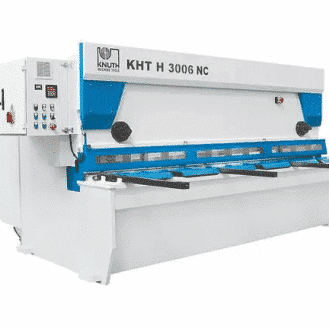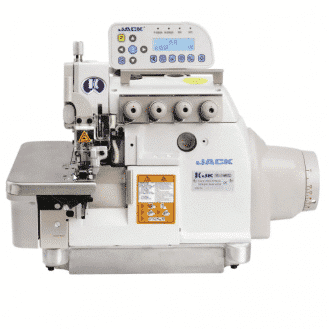A punching machine is a machine tool that uses punching or embossing to cut or form shapes (stamping, bending, engraving, marking, etc.) in thin parts.
Punching is used in various types of work, such as metalworking and sheet metal forming.
A punching machine is a machine tool that uses punching or embossing to cut or form shapes (stamping, bending, engraving, marking, etc.) in thin parts.
Punching is used in various types of work, such as metalworking and sheet metal forming.
When choosing a punching machine, the following factors must be considered:
There are different types of punching machines: Manual, mechanical, hydraulic, laser-cutting, or universal.
These are compact and portable machines that you can easily take from one place to another on the construction site or in the workshop, so you don’t have to transport the workpieces.
They are used for cutting different materials (mainly steel, stainless steel, and aluminum) and generally have a hydraulic drive. There are also pedal-operated machines and electric models.
They are very affordable (from 270 euros) and easy to use.
These are large machines suitable for shearing, as well as various other types of work, such as notching, rough cutting, chamfering, and nibbling (shearing carried out through a sequence of partially overlapping punches).
These punching machines are highly reliable and allow you to make cuts with high precision.
Hydraulic punching machines cut and punch parts using a powerful jet of water. They can use a pure water jet or, if greater cutting capacity is required, an abrasive water jet (a mixture of water and abrasive). They can cut through any hard material, such as stone, ceramic, glass, or metal, in just a few minutes.
Most of these punching machines offer different types of cutting for different types of parts: cutting flat iron, cutting solid bars, making notches, etc.
Laser-cut punching machines
These machines use a laser to cut the material. They have the advantage of machining very quickly and accurately. They can cut iron or steel with a high-temperature pulsed laser beam generated from a CO2 or nitrogen source. Laser-cut parts have few or no defects.
They are high-performance machines, but also more expensive.
These are called universal because they are very versatile machines. They can cut all kinds of materials and shapes, such as sheets, tubes, profiles, etc. They also have different functions: shear cutting, bending, notching, chamfering, marking, stamping, etc. They are also compatible with various types of punches (round, square, or oval) and dies.
They are large machines, ideal for high production volumes.
Computer numerical control (CNC) punching machines perform fully automated operations. They usually have a hydraulic drive. They have a very high production capacity. These extremely efficient machines are, however, quite expensive.
Advantages of punching machines:
Disadvantages of punching machines:
CNC punching machines perform punching, shearing, and drilling operations fully automatically. According to some studies, these machines are a good investment if you use your machines for at least 10 hours a day.
CNC punching machines have other advantages that make them a competitive choice:
However, CNC punching machines also have some limitations:
There are other factors to consider when choosing a punching machine:


